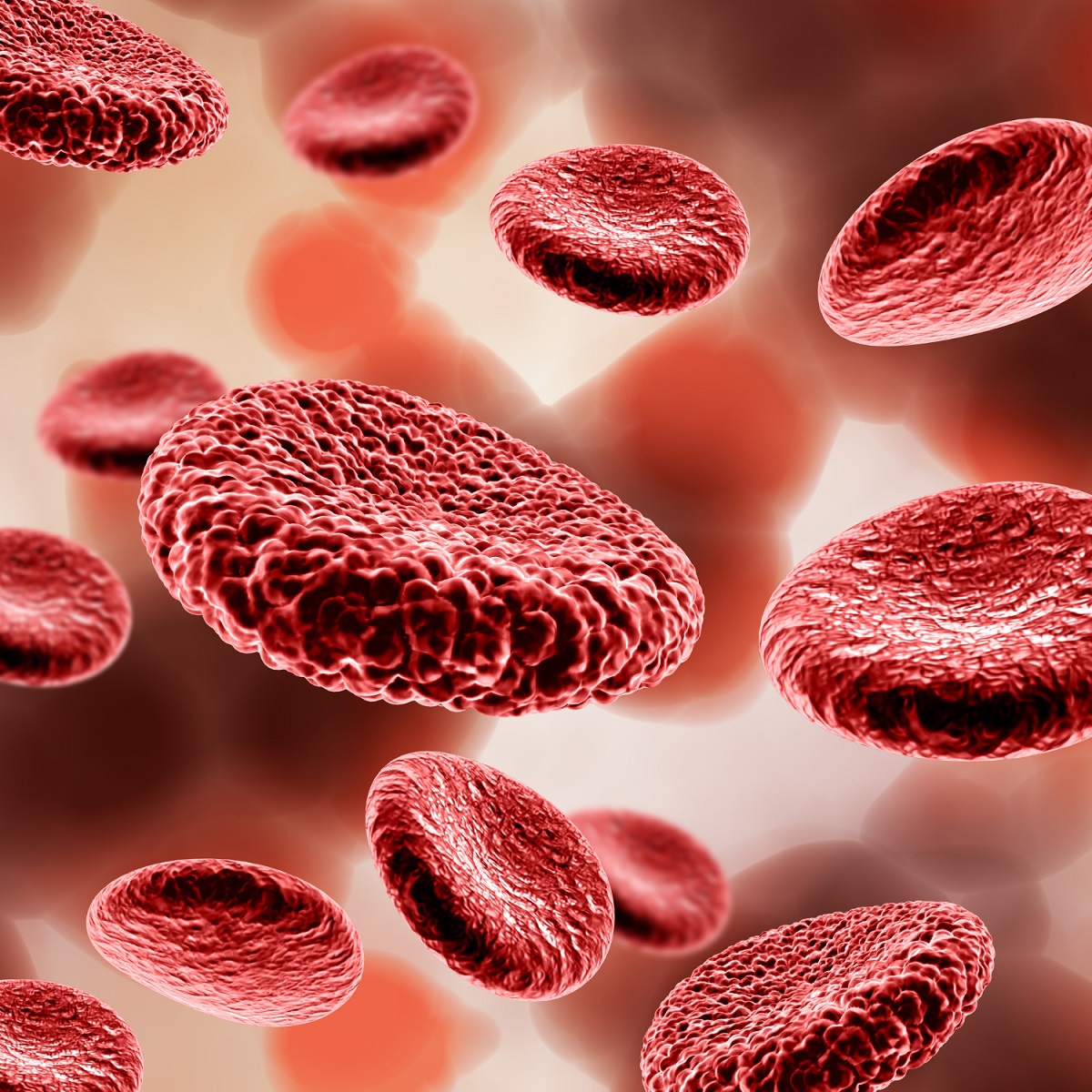KEY TAKEAWAYS
- The study aimed to investigate the role of autophagy-mediated ID1 degradation in regulating OCSCs fate and its impact on chemo-resistance.
- Researchers noticed that targeting the autophagy-ID1 axis could effectively reverse chemo-resistance in OC stem cells.
This study delves into the mechanisms by which ovarian cancer stem cells (OCSCs) maintain their drug-resistant phenotype, a critical factor in tumor propagation, metastasis, and therapeutic failure. CSCs, characterized by their stem-like properties, can be isolated using the Side Population (SP) assay, which exploits their elevated ATP-binding cassette (ABC) transporters’ ability to efflux DNA-binding dyes such as Dye Cycle Violet (DCV) or Hoechst 33342.
These superior effluxing capabilities enable SP cells to evade chemotherapeutics, contributing to treatment resistance and relapse. However, the underlying mechanisms that allow CSCs to sustain their resistance within both homogenous cancer cell lines and heterogeneous tumor populations remain poorly understood.
Pratham Phadte and the team aimed to investigate the role of targeted autophagic protein degradation in regulating CSC fate decisions and chemo-resistance.
They performed an inclusive analysis to compare autophagy levels between CSC-enriched SP and non-SP (NSP) cells in multiple OC cell lines. This was achieved using immunoblotting, immunofluorescence, and transmission electron microscopy techniques.
They also assessed the impact of autophagy modulation on CSC markers and differentiation through flow cytometry, immunoblotting, and qRT-PCR. In silico modeling, combined with co-immunoprecipitation, was utilized to identify proteins interacting with ID1.
To evaluate the effects on cisplatin sensitivity, apoptosis, SLC31A1 expression, promoter binding, and intracellular platinum accumulation in an ID1-depleted backdrop, researchers employed pharmacological and genetic approaches alongside Annexin-PI assay, ChIP assay, western blotting, qRT-PCR, and ICP-MS. Additionally, patient-derived tumor spheroids were analyzed for autophagy and SLC31A1 levels, providing further insights into the clinical relevance of the findings.
About OCSCs, the study found that they exhibited increased basal autophagy compared to non-CSCs. When autophagy was further stimulated by serum-starvation and chemical methods, it triggered the proteolysis of the stemness regulator ID1, leading to the differentiation of chemo-resistant CSCs into chemo-sensitive non-CSCs.
In silico modeling predicted TCF12 as a potent ID1 interactor, a prediction that was validated through co-immunoprecipitation. The depletion of ID1 allowed TCF12 to transactivate the cisplatin influx transporter SLC31A1, which increased intracellular cisplatin levels and enhanced cytotoxicity. Additionally, patient-derived tumor spheroids demonstrated a functional association between autophagy, ID1, SLC31A1, and platinum sensitivity, highlighting the clinical relevance of these findings.
The study concluded that the discovery of a novel autophagy-ID1-TCF12-SLC31A1 axis, where targeted autophagic degradation of ID1 enables the rapid remodeling of CSCs, plays a crucial role in reversing chemo-resistance. Modulating this pathway presents a promising strategy to counter drug resistance in ovarian cancer.
The study received no funding.
Source: https://pubmed.ncbi.nlm.nih.gov/39123206/
Phadte P, Bishnu A, Dey P, et al. (2024). “Autophagy-mediated ID1 turnover dictates chemo-resistant fate in ovarian cancer stem cells.” J Exp Clin Cancer Res. 2024;43(1):222. Published 2024 Aug 10. doi:10.1186/s13046-024-03147-z



